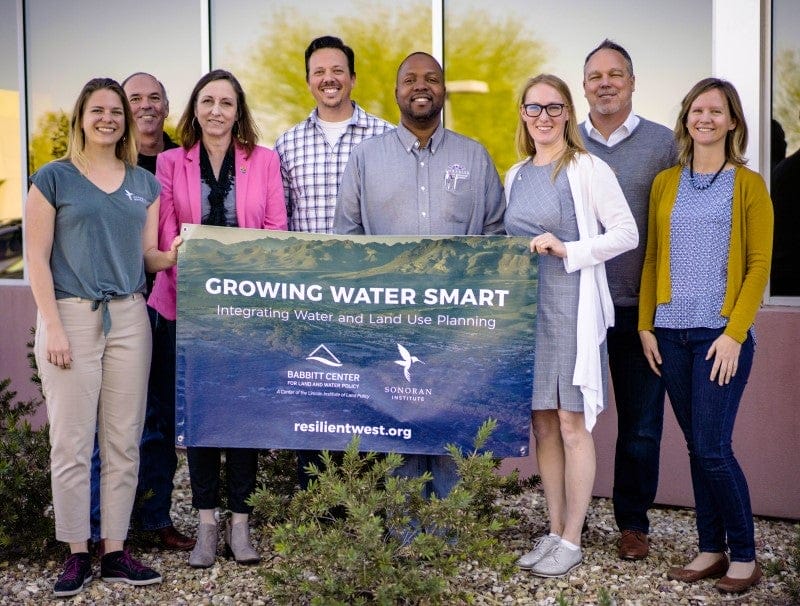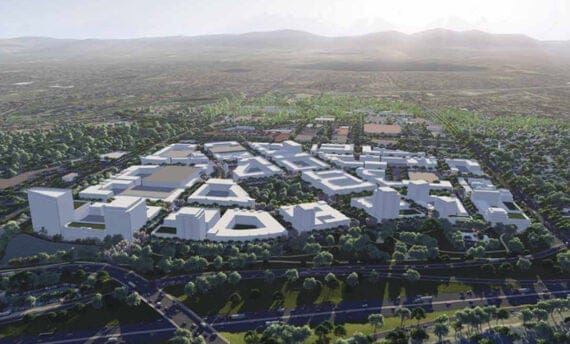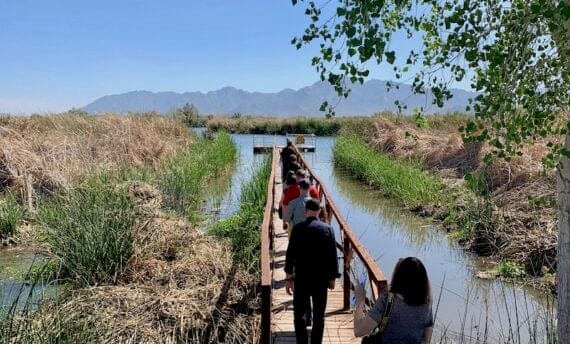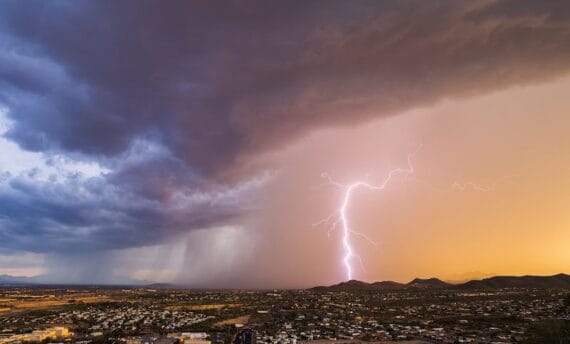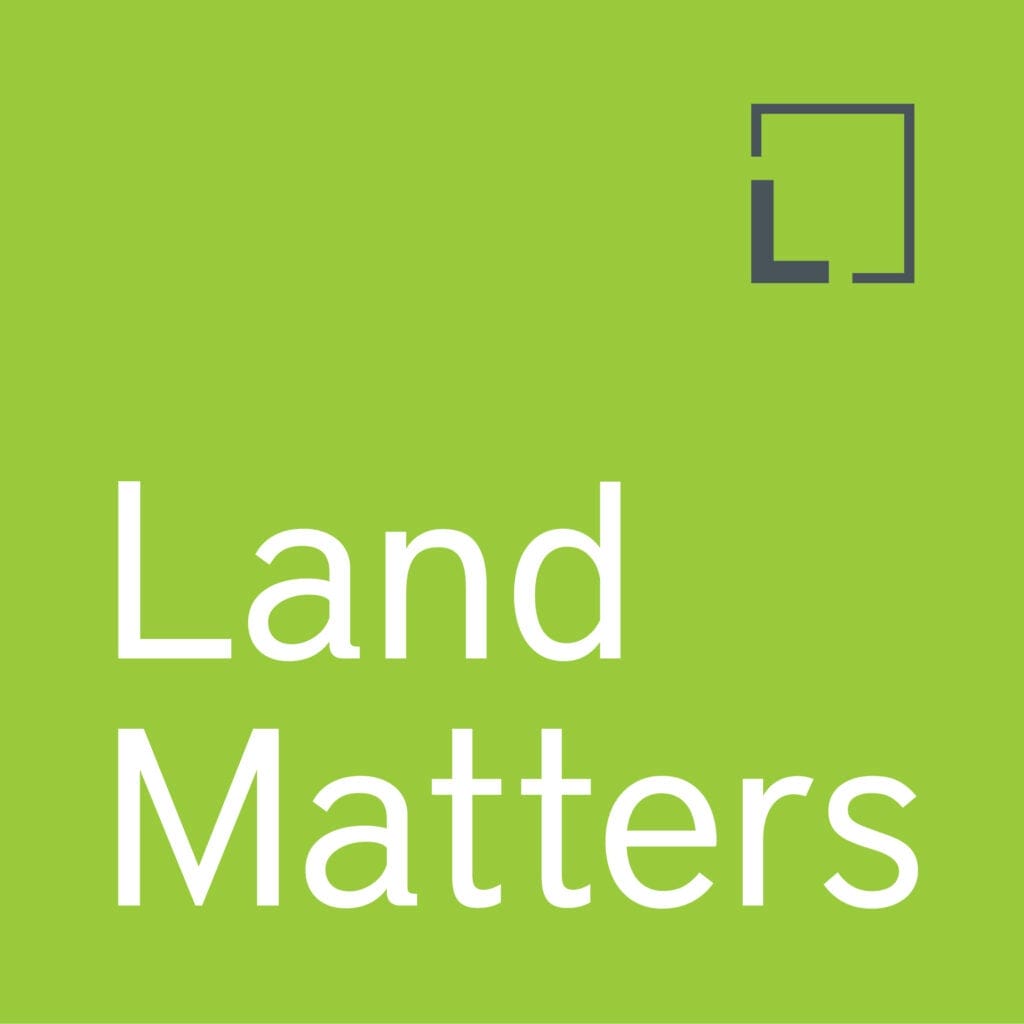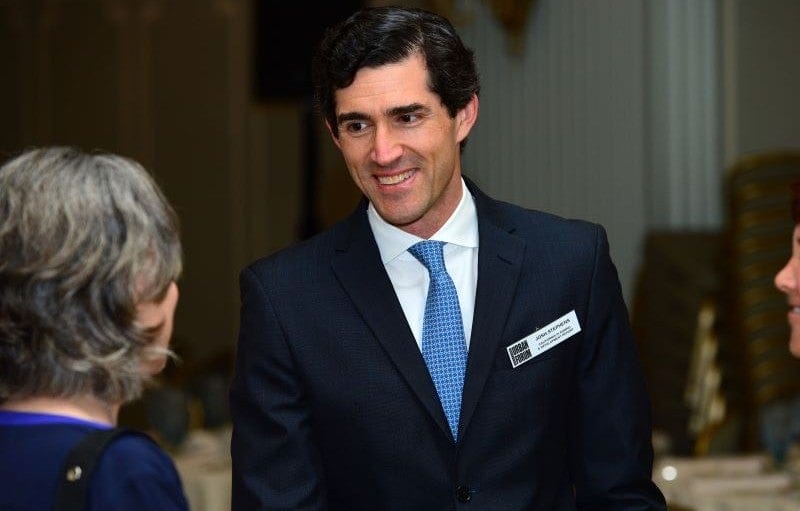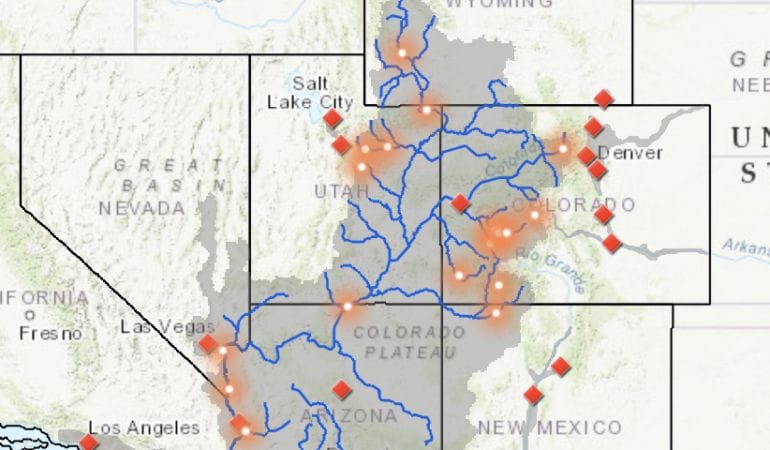Puzzling Out the Housing Crisis


By Anthony Flint, April 16, 2024
The housing affordability crisis keeps rolling on, dragging down otherwise booming local economies. A survey for the Boston Chamber of Commerce found that nearly one-third of young people say they plan to leave because of high home prices. The Massachusetts housing chief bemoaned: “That’s our workforce.”
“That’s your favorite restaurant that can’t find enough help to stay open,” he wrote in the Boston Globe. “That’s the child-care provider you drop your kids off with. . . . That’s the large company considering moving out of state. That’s our economy.”
Runaway housing costs are impacting homebuyers and renters alike, not just in Boston but nationwide. According to the Joint Center for Housing Studies at Harvard University, the number of cost-burdened renters hit a record high with half of all households spending more than 30 percent of their income on rent and utilities.
Young people aren’t the only ones affected by the current crisis. The US population of people over 65 is ballooning past 60 million, and most of those people will be on fixed incomes while managing rising health care costs.
The Lincoln Institute is well-attuned to this extraordinary challenge, and recently dedicated our annual Journalists Forum to the subject of affordable housing. It was a lively series of conversations over two days, with some 30 reporters, editors, podcasters, and Substack columnists sizing up the problem and assessing the impact of several current policy interventions. This episode of the Land Matters podcast features highlights from the event.
The 2023 Journalists Forum: Innovations in Affordability was made possible by a partnership with the Joint Center for Housing Studies at Harvard University and TD Bank. The annual convening bridges the media and academic inquiry, allowing journalists to explore new ideas with researchers and practitioners and to network with each other.
The forum was organized by first looking at the scope of the crisis, followed by an assessment of four major interventions: statewide zoning mandates requiring cities and towns to allow more multifamily development; tax policy designed to help manage runaway land prices and real estate speculation (with Detroit’s efforts to establish a land value tax as a case study); local strategies to outmaneuver institutional investors; and potential changes in the home financing system to help close a stubborn racial wealth gap.
Arthur Jemison, director of the Boston Planning and Development Agency, delivered the keynote address, describing the city’s “all of the above” approach to increasing housing supply, including legalizing accessory dwelling units or ADUs, embracing a citywide rezoning initiative known as “Squares and Streets,” and offering big incentives to property owners who convert vacant office buildings to residences.
Cities like Boston are going to need all that and more. According to the State of the Nation’s Housing report issued annually by the Joint Center for Housing Studies, home construction hasn’t kept pace with demand ever since the Great Recession. Prices are up 40 percent nationwide, inventory is tight, and it appears the era of low interest rates is decidedly over.
Anthony Flint is a senior fellow at the Lincoln Institute of Land Policy, host of the Land Matters podcast, and a contributing editor of Land Lines.
Lead image: Chris Arnold of NPR moderates a panel on housing finance at the Lincoln Institute Journalists Forum with (l-r) Jim Gray of the Lincoln Institute, MJ Hopkins of TD Bank, Chrystal Kornegay of Mass Housing, and Chris Herbert of the Joint Center for Housing Studies at Harvard University. Credit: Anthony Flint.
Further Reading
2023 Journalists Forum: Innovations in Affordability (Lincoln Institute)
No Single Policy Will Increase Housing Affordability. We Need a Comprehensive Strategy. (Urban Institute)
AARP Future of Housing (AARP)
Social Housing in America: Architects Must Answer the Call (Common Edge)
Why Is BC so unaffordable? (BCGEU)

